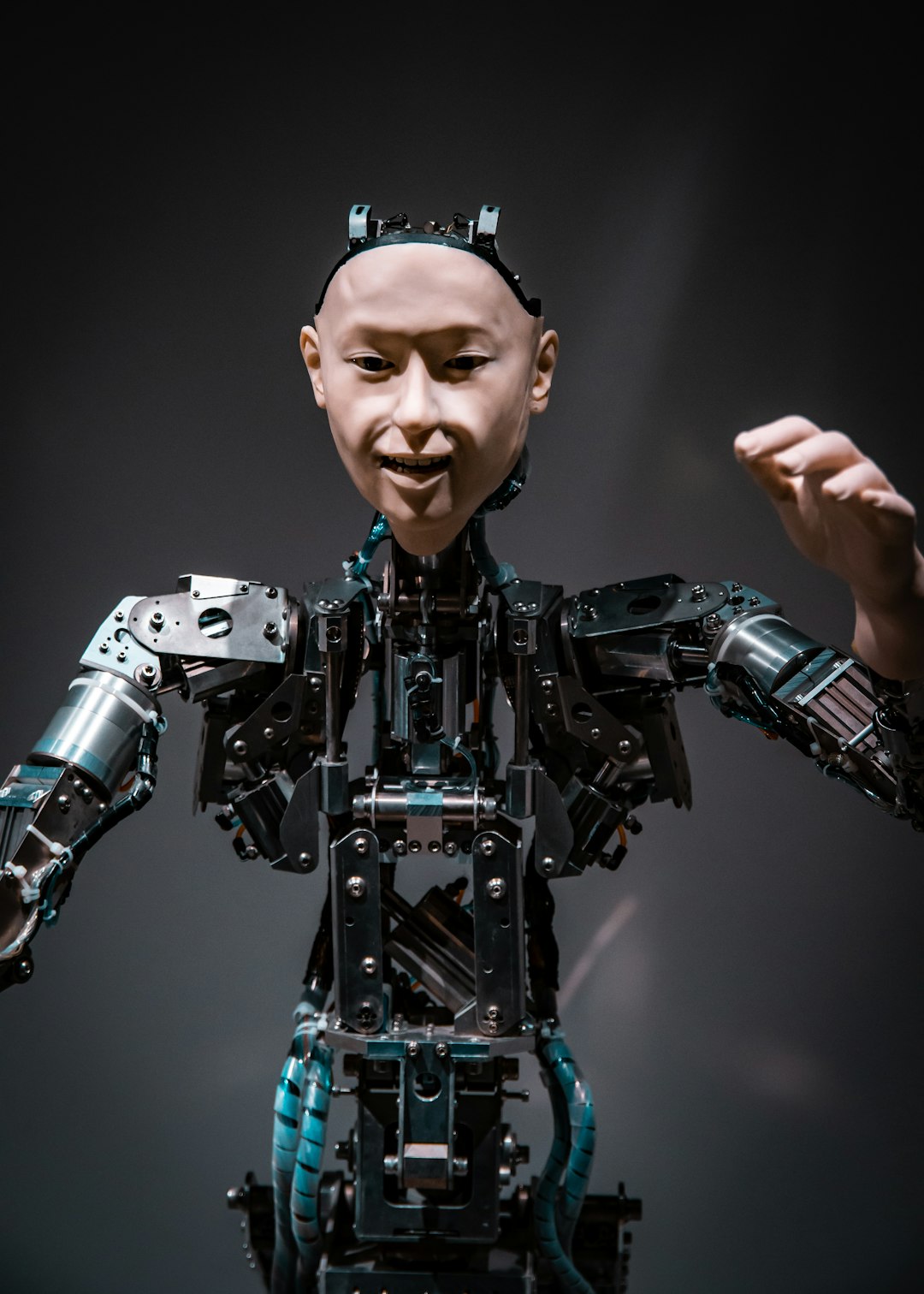
Revolutionizing Business Operations with AI-Powered Predictive Analytics Solutions
In the ever-evolving landscape of business operations, the integration of technology has become a key driver of success. One of the most transformative innovations in recent years is the advent of AI-powered predictive analytics solutions. These tools have not only streamlined processes but have also provided businesses with the foresight needed to make informed decisions. This article will explore how AI-powered predictive analytics is revolutionizing business operations, emerging trends, practical applications, and real-world examples that illustrate its impact.
Understanding Predictive Analytics
Predictive analytics refers to the use of statistical algorithms and machine learning techniques to identify the likelihood of future outcomes based on historical data. By analyzing patterns and trends, businesses can forecast future events, optimize operations, and enhance decision-making processes. The infusion of artificial intelligence into predictive analytics takes this a step further, enabling more accurate forecasts and deeper insights.
Key Benefits of AI-Powered Predictive Analytics
1. Enhanced Decision-Making
AI-powered predictive analytics solutions provide businesses with data-driven insights that enhance decision-making. By leveraging algorithms that analyze vast amounts of data, companies can identify trends, assess risks, and uncover opportunities. This leads to more informed strategic planning and resource allocation.
2. Improved Operational Efficiency
Predictive analytics can streamline operations by identifying inefficiencies and bottlenecks within business processes. For instance, manufacturers can predict equipment failures before they occur, allowing for proactive maintenance and minimizing downtime. This not only saves time but also reduces operational costs.
3. Personalized Customer Experiences
In the age of customer-centric business models, understanding consumer behavior is paramount. AI-powered predictive analytics enables businesses to analyze customer data and predict buying patterns. This allows companies to tailor marketing strategies, improve customer service, and ultimately enhance customer satisfaction and loyalty.
4. Risk Management and Fraud Detection
AI-driven predictive analytics can identify potential risks and fraudulent activities by analyzing transactional data in real-time. For instance, financial institutions are increasingly using these solutions to detect anomalies in transactions, significantly reducing the chances of fraud and improving overall security.
Current Developments in AI-Powered Predictive Analytics
Emerging Trends
-
Automation of Data Analysis: As AI technology advances, the automation of data analysis processes is becoming more prevalent. Tools that automatically gather and analyze data are allowing businesses to focus more on strategic decision-making rather than data gathering.
-
Integration with IoT: The Internet of Things (IoT) is providing an unprecedented amount of data that can be leveraged by predictive analytics solutions. For example, smart sensors in manufacturing can provide real-time data, which can then be analyzed to predict equipment failures or optimize supply chain operations.
-
Natural Language Processing (NLP): NLP is evolving to enhance the way businesses interact with data. By allowing users to query data using natural language, businesses can make predictive analytics more accessible to non-technical stakeholders.
Case Studies
Retail: Target’s Inventory Management
Target has effectively utilized AI-powered predictive analytics to optimize its inventory management. By analyzing purchasing patterns and customer preferences, the retailer can predict which products are likely to sell well during specific periods. This not only helps in managing inventory levels but also enhances the shopping experience for customers.
Manufacturing: GE’s Predictive Maintenance
General Electric (GE) employs AI-powered predictive analytics in its manufacturing processes. By using sensors to collect data from machinery, GE can predict equipment failures before they occur. This predictive maintenance approach has led to significant reductions in downtime and maintenance costs.
Expert Opinions
Industry experts believe that AI-powered predictive analytics is only going to grow in importance. According to Dr. Jane Smith, an AI researcher, “Companies that leverage predictive analytics will not only gain a competitive edge but will also be better equipped to navigate uncertainties in the market.”
Future Reading and Resources
For those interested in diving deeper into the world of AI-powered predictive analytics, consider exploring the following resources:
- Predictive Analytics for Dummies
- Harvard Business Review: How AI is Changing Business
- Towards Data Science: The Basics of Predictive Analytics
Conclusion
AI-powered predictive analytics solutions are reshaping business operations by providing actionable insights, enhancing efficiency, and improving customer experiences. As companies continue to harness the power of these technologies, the potential for innovation and growth is limitless. To stay ahead in this competitive landscape, businesses must embrace these advancements and evaluate how predictive analytics can be integrated into their operations.
If you found this article insightful, consider sharing it with your network or subscribing to updates on the latest trends in technology and business innovations. Explore the tools and resources mentioned to enhance your understanding and application of predictive analytics in your business operations.


